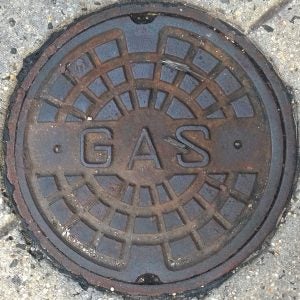Earlier this year, we had the opportunity to sit down with Michael Cappucci, Senior Vice President of Compliance and Sustainable Investing at Harvard Management Company (HMC). In a recent blog post, Michael shared his outlook on the methane opportunity for oil and gas companies, along with his opinion on the pace of change within the industry.
Below is the second part of our conversation, where Michael offers new insights on investor ESG engagement and its correlation to portfolio performance. He also talks about private equity’s somewhat quiet stance on methane, and the sector’s potential to bring about change among mid-size operators that have yet to tackle methane emissions.













